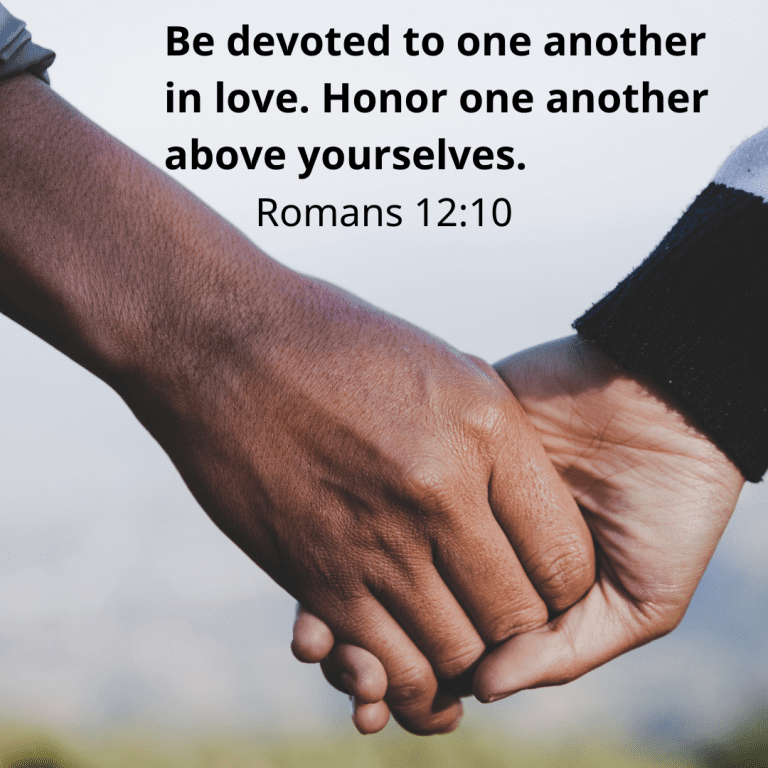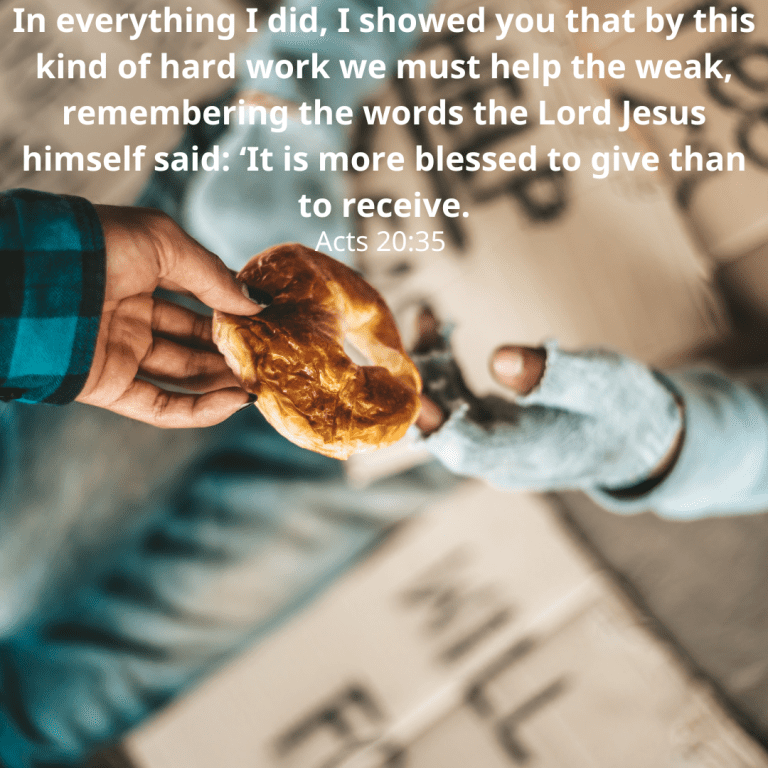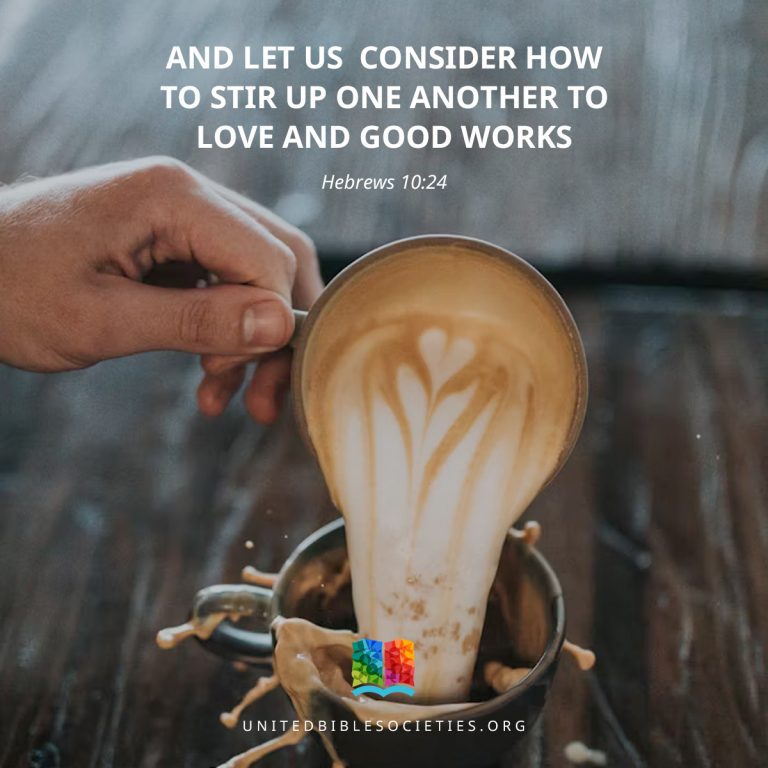Lapidriopi Kwariori'ba ro
(Marako 4:1-9Luka 8:4-8)1 Tu gi alo ana si Yesu fote ni zo yasi ago oyite fofo kala, nda rite lau miembane. 2 Ago lowa se kotokalabe ndare ana orivoya amba, ta'dota nda cite toŋbo ya ago rite kigye, ago lowa edrete kototi. 3 Nda itita amba te ànyari lapidriopi si ekye:
“Tu alo aza si mano aza fote kwari orine. 4 Ago ondro nda kate ugu kwari ori ämvu ya oko, azakana lo'dete liti drisi, ago arii ikyite ago nyayi ànya te. 5 Azakana lo'dete gyini gyirigyiri ro dri, se gyini na i'do amba. Kwari hwete ndriŋwa tana gyini na ciko gyuru. 6 Oko kitu kitute lekuru oko lunyi inya se koŋgabe to'diro ana te, tana paji nai ci kote gyuru, ago inya wite ndriŋwa. 7 Azaka kwari ro lo'dete kukyi cuku lako ago kukyi mbate ago vo inya te. 8 Oko kwari azaka lo'dete gyini kado ya ago wa inya te; azakana wate kama alo, azakana 'butenjidrialo, azakana 'butenätu.”
9 Ago Yesu ndetate ekye: “Dia, nyèri, ondro ka'do nya'do gi bi be owo.”
Takaci se Yesu Kabe Ata Lapidriopi si
(Marako 4:10-12Luka 8:9-10)10 'Dooko taeri'bai ikyiyite Yesu re ago ejiyi nda te ekye: “Ondro nyate ta iti lidri ri oko nya itina gwo lapidri si etaya?”
11 Yesu zatadrite ekye: “Tauni tandrwi Miri 'Bädri'ba vo'buyakuru ro ro ozote ämiri, oko ozo kote ànyari. 12 Tana nda se tauni be ozona 'da rigye ndra tana nda ka'do robe sina ndra; oko nda se tauni ako ca se nda be sina giṛiŋwa ono äruna 'da ni nda rigyesi. 13 Tase mabe ta ata lapidri si ta itivoya ànya ri tana ànya ndreyivo ndi driigye, oko ndreyi ko, ago ànya gayi bi ndi, oko ànya eriyi ko ago niyi ko. 14 Tana taäŋgu Yesaya ro tana di ànya, se ekye:
‘Lidri ono ugunayi taeri ndi, oko uninayi ko tana unine;
ànya ugunayi voondre ndi, oko uninayi ko ondrene.
15 Tana drî ànyaro tote,
ago ànya tisiyi bi ànyaro te,
2 ago seyi mi ànyaro te,
ukyi, mi ànyaro ondre ŋga 'da,
ago bi ànyaro eri ta 'da,
ago drî ànyaro uni ta 'da,
ago ànya etayidri 'da mare,
ago mede ànya 'da.’
16 “Oko ami, ami orivoya kandrakado be! Tana mi amiro ka voondre ago bi amiro ka taeri. 17 Mata ämiri ono tana nebii amba ago lidri amba Lu ro leyite ŋgase nyàbe ondrena ono ondrene, oko ànya ndreyi kote ago ŋgase nyàbe erina ono erine, oko ànya eriyi kote.
Yesu Edretazevo Lapidriopi Kwariori'ba rote
(Marako 4:13-20Luka 8:11-15)18 “Dia, nyèri, ago mìni lapidri kwariori'ba ro takacina. 19 Ànya se keriyi lazo ta Miri 'Bädri'ba Lu ro ro tana te oko kuniyi tana kote iyi orivoya oso kwari se kole'debe liti dri 'do ronye. Nda se aza koziro ono ikyi ru ata se ikyi'dibe ànya ya ono te. 20 Kwari se ko'debe gyini gyirigyiriro dri ni ànya se kabe lazo uru dori yai'dwesi erina ànyari vosi owo. 21 Oko ci kote gyuru le ya ànyaro ya, ago ànya riyi ko madaro. Tana ondro rriti kode 'dieza kesate ta lazo rota oko, ànya e'beyite ndriŋwa. 22 Kwari se kole'debe kukyi cuku lako ni ànya se keriyi lazo te, oko ta milo'be ro ori ono rota ndi ta ŋgaamba lu robe vo lazo te, ago ànya wayi doŋgo kote. 23 Ago kwari se aribe gyini kado ya ni ànya se kayibe lazo eri ago kayibe unina owo; ànya wayi doŋgo te, azakana wate kama alo, azakana 'butenjidrialo, ago azakana 'butenätu.”
Lapidriopi Kurugyi ro
24 Yesu iti lapidri aza te ànyari ekye: “Miri 'Bädri'ba vo'buyakuru ro orivoya oso nonye, mano aza ri kwari kado te ämvu ndaro ya. 25 Ŋgäkyi alo aza si ondro 'dicini ku'dute oko, kyila'baazi aza ikyite ago ri kurugyi te kyifo lako, ago oyite. 26 Ondro kyifo kombate kate ofo oko, kurugyi kyi landre kpate. 27 Ruindu'bai mano ana ro ikyiyite ndare ago atayite ekye: ‘'Desi, mirite kwari kado ayani ämvu ya; oko kurugyi ikyite ni eŋwaro ya?’ 28 Nda zatadrite ekye: ‘Kyila'baazi aza ye ta 'do ni.’ Ànya ejiyi nda te ekye: ‘Inye'do mile ndi ämäri oyine kurugyi eŋgyene ya?’ 29 Nda zatadrite ekye: ‘Hwa! Tana ka'dobe ugu kurugyi eŋgyene nyeŋgyena rukä kyifo ro ndi tro sina. 30 Mi'ba kyifo ndi kurugyi be riti kombayi troalo madale tu jalia rosi. 'Dooko matana 'da losi'bai jalia ro ri kurugyi eŋgyene käti, ànya embene drîro drîro ago ànya ozane. 'Dooko a'dena gwo kyifo otone osone kyiro maro ya.’ ”
Lapidriopi Keci Ce Musetada ro ro
(Marako 4:30-32Luka 13:18-19)31 Yesu iti lapidri aza te ànyari ekye: “Miri 'Bädri'ba vo'buyakuru ro laba oso nonye. Mano aza ru keci ce musetada rote ago rite ämvu ndaro ya. 32 Se orivoya tipari ni keci cini risi, oko ondro kombate oko, a'dote 'desi para ndrani ŋga cini kyi'dikyi'diro risi, a'dote ce ro, ago arii ikyiyite moyi zoi ànyaro te gwoṛi anyaro yasi.”
Lapidriopi Loŋga ro
(Luka 13:20-21)33 Yesu iti lapidri aza kpate ànyari ekye: “Miri 'Bädri'ba vo'buyakuru ro laba oso nonye. Toko aza ru loŋga te ago ŋga yana gwo koma nätu kyira rosi lakaza ya madale vona cini a'dote loŋga be.”
Ŋgaemba Yesu ro Lapidriopi si
(Marako 4:33-34)34 Yesu emba ŋga te lapidri si, ŋgase cini kwoi tana itizana lowa ri, nda ata kote ànyari teinye lapidriopi ako. 35 Nda yete nonye ko'ba tase nebi katabe ana ka'do robe ŋgye se ekye:
“Ondro ma te ata ànyari oko, matana lapidriopi si;
mitina ŋgase uniako ṛoni o'ba 'bädri rosi tana 'da ànyari.”
Yesu Edre Lapidriopi Kurugyi ro Tazevona te
36 Ondro Yesu ke'be lowa te ago kocite zo ya oko, taeri'bai ndaro ikyiyite ndare ago atayite ekye: “Nyiti takaci lapidri kurugyi ämvu ya ro tana ämäri.”
37 Yesu zatadrite ekye: “Mano se kori kwari kado be ana ni Ŋgwa Lidri ro; 38 ämvu ni 'bädri, kwari kado ni lidri se Miri 'Bädri'ba ro ro; kurugyi ni lidri Nda se Koziro ono ro; 39 ago kyila'baazi se kori kurugyi be ana ni Kicu'ba owo. Jalia ni ädu 'bädri ro, ago losi'bai jalia ro ni malaikai. 40 Kpa oso otokala kurugyi ro ago azabe asi si 'do ronye, ta gialo ono a'dona kpa inye ädu 'bädri rosi. 41 Ŋgwa Lidri ro ezona malaikai ndaro 'da otona kala 'dise cini kabe 'di o'ba takozi oyene ago 'dise cini kabe tase undiro oye ro 'da ni Miri 'Bädri'ba ndaro ro yasi, 42 ago avona ànya 'da le asi nyendero ya, vose liyi ndi sionya be orivoya kigye ana ya. 43 'Dooko lidri Lu ro eyina vo 'da oso kitu ronye Miri 'Bädri'ba Täpi ànyaro roya. Dia, nyèri, ondro ka'do nyà'do gi bi be owo!
Lapidriopi Ŋgadriamba Da'doda'doro ro
44 “Miri 'Bädri'ba vo'buyakuru ro laba oso nonye. Mano aza usu ŋgadriamba da'doda'doro te ämvu aza ya. Nda go ku drî na te, ago nda a'dote yai'dwesi, oyite ago logye ŋgase cini nda ka'dobe sina ana te, ago nda gote ago gye ämvu se ana te.
Lapidriopi Ŋgoŋgo ro
45 “Miri 'Bädri'ba vo'buyakuru ro laba oso nonye. Mano aza ka ugu ŋgoŋgo liŋgyiekye uṛi, 46 ago ondro nda koyi kusu se liŋgyiekye para ndra ana te oko, nda oyi logye ŋgase cini nda ka'dobe sina ana te, ago gye ŋgoŋgo se ana te.
Lapidriopi Kyimba ro
47 “Miri 'Bädri'ba vo'buyakuru ro laba kpa oso nonye. Ti'biuru'bai azaka voyi kyimba ànyaro te fofo ya ago ruyi ti'bi dritoto cini te. 48 Ondro kyimba kogate twi oko, ànya eseyite kototi, ago riyite vuru ti'bi topene; kadona avote lakaza ya, se koziro iyi avo gwo cowa. 49 A'dona kpa inye tu äduro si; malaikai oyina 'da ago lewena lidri se koziro iyi 'da ni lidri se kadoro iyi lakosi, 50 ago avona ànya 'da le asi nyendero ya, vose liyi ndi sionya be orivoya kigye ana ya.”
Ŋgaemba To'di ndi ŋgaemba Uku be
51 Yesu eji ànya te ekye: “Mìni ŋgase kwoi tana ndi ya?” Ànya zayitadrite ekye: “Owo.”
52 Nda logotate ekye: “Ka'do inye, anjioko, miemba'bai cini Ota ro se a'dote taeri'bai ro Miri 'Bädri'ba vo'buyakuru roya orivoya oso 'bakuzupi se kabe ŋga to'di ndi ŋga uku be lofona tesi ni vo ŋgaodroro ndaro yasi ronye.”
Aga Yesu Tezo Nazareta ya
(Marako 6:1-6Luka 4:16-30)53 Ondro Yesu konde lapidri se kwoi opina te oko, nda e'be vo ana te 54 ago nda oyite kovole 'ba'desi 'ba ndaro roya. Nda emba mi te zotaeriro ya, ago ànya se cini keriyi nda be ana laroyite. Ànya ejiyitate ekye: “Nda usu tavouni nonye ono teni eŋwaro ya? A'di ozo mbara ni ndäri talaro ro oyeza ya? 55 Inye'do nda ṛo ko ni ŋgwa kyikyi ice ede ro roya? Inye'do endre ndaro koni Maria, ago Yakoba, Yosepa, Simona ndi Yuda be koni ädrupii ndaro owo ya? 56 Inye'do endreŋwà cini ndaro ka ṛo ko ori noŋwa ya? Nda usu tase cini ono ni eŋwaro ya?” 57 Ago ànya gayi nda tezo.
Ago Yesu atate ànyari ekye: “Aro nebi te vo cini yasi, e'be gialo aro nda ko 'ba'desi 'ba modo ndaro ya ago katidri modo ndaro roya.” 58 Nda ye talaro ro amba kote lau, tana ànya mayi kote nda ya.
The Parable of the Sower
(Mark 4.1-9Luke 8.4-8)1 That same day Jesus left the house and went to the lakeside, where he sat down to teach. 2 The crowd that gathered around him was so large that he got into a boat and sat in it, while the crowd stood on the shore. 3 He used parables to tell them many things.
“Once there was a man who went out to sow grain. 4 As he scattered the seed in the field, some of it fell along the path, and the birds came and ate it up. 5 Some of it fell on rocky ground, where there was little soil. The seeds soon sprouted, because the soil wasn't deep. 6 But when the sun came up, it burned the young plants; and because the roots had not grown deep enough, the plants soon dried up. 7 Some of the seed fell among thorn bushes, which grew up and choked the plants. 8 But some seeds fell in good soil, and the plants bore grain: some had one hundred grains, others sixty, and others thirty.”
9 And Jesus concluded, “Listen, then, if you have ears!”
The Purpose of the Parables
(Mark 4.10-12Luke 8.9Luke 10)10 Then the disciples came to Jesus and asked him, “Why do you use parables when you talk to the people?”
11 Jesus answered, “The knowledge about the secrets of the Kingdom of heaven has been given to you, but not to them. 12 For the person who has something will be given more, so that he will have more than enough; but the person who has nothing will have taken away from him even the little he has. 13 The reason I use parables in talking to them is that they look, but do not see, and they listen, but do not hear or understand. 14 So the prophecy of Isaiah applies to them:
‘This people will listen and listen, but not understand;
they will look and look, but not see,
15 because their minds are dull,
and they have stopped up their ears
and have closed their eyes.
Otherwise, their eyes would see,
their ears would hear,
their minds would understand,
and they would turn to me, says God,
and I would heal them.’
16 “As for you, how fortunate you are! Your eyes see and your ears hear. 17 I assure you that many prophets and many of God's people wanted very much to see what you see, but they could not, and to hear what you hear, but they did not.
Jesus Explains the Parable of the Sower
(Mark 4.13-20Luke 8.11-15)18 “Listen, then, and learn what the parable of the sower means. 19 Those who hear the message about the Kingdom but do not understand it are like the seeds that fell along the path. The Evil One comes and snatches away what was sown in them. 20 The seeds that fell on rocky ground stand for those who receive the message gladly as soon as they hear it. 21 But it does not sink deep into them, and they don't last long. So when trouble or persecution comes because of the message, they give up at once. 22 The seeds that fell among thorn bushes stand for those who hear the message; but the worries about this life and the love for riches choke the message, and they don't bear fruit. 23 And the seeds sown in the good soil stand for those who hear the message and understand it: they bear fruit, some as much as one hundred, others sixty, and others thirty.”
The Parable of the Weeds
24 Jesus told them another parable: “The Kingdom of heaven is like this. A man sowed good seed in his field. 25 One night, when everyone was asleep, an enemy came and sowed weeds among the wheat and went away. 26 When the plants grew and the heads of grain began to form, then the weeds showed up. 27 The man's servants came to him and said, ‘Sir, it was good seed you sowed in your field; where did the weeds come from?’ 28 ‘It was some enemy who did this,’ he answered. ‘Do you want us to go and pull up the weeds?’ they asked him. 29 ‘No,’ he answered, ‘because as you gather the weeds you might pull up some of the wheat along with them. 30 Let the wheat and the weeds both grow together until harvest. Then I will tell the harvest workers to pull up the weeds first, tie them in bundles and burn them, and then to gather in the wheat and put it in my barn.’”
The Parable of the Mustard Seed
(Mark 4.30-32Luke 13.18Luke 19)31 Jesus told them another parable: “The Kingdom of heaven is like this. A man takes a mustard seed and sows it in his field. 32 It is the smallest of all seeds, but when it grows up, it is the biggest of all plants. It becomes a tree, so that birds come and make their nests in its branches.”
The Parable of the Yeast
(Luke 13.20Luke 21)33 Jesus told them still another parable: “The Kingdom of heaven is like this. A woman takes some yeast and mixes it with a bushel of flour until the whole batch of dough rises.”
Jesus' Use of Parables
(Mark 4.33Mark 34)34 Jesus used parables to tell all these things to the crowds; he would not say a thing to them without using a parable. 35 He did this to make come true what the prophet had said,
“I will use parables when I speak to them;
I will tell them things unknown since the creation of the world.”
Jesus Explains the Parable of the Weeds
36 When Jesus had left the crowd and gone indoors, his disciples came to him and said, “Tell us what the parable about the weeds in the field means.”
37 Jesus answered, “The man who sowed the good seed is the Son of Man; 38 the field is the world; the good seed is the people who belong to the Kingdom; the weeds are the people who belong to the Evil One; 39 and the enemy who sowed the weeds is the Devil. The harvest is the end of the age, and the harvest workers are angels. 40 Just as the weeds are gathered up and burned in the fire, so the same thing will happen at the end of the age: 41 the Son of Man will send out his angels to gather up out of his Kingdom all those who cause people to sin and all others who do evil things, 42 and they will throw them into the fiery furnace, where they will cry and gnash their teeth. 43 Then God's people will shine like the sun in their Father's Kingdom. Listen, then, if you have ears!
The Parable of the Hidden Treasure
44 “The Kingdom of heaven is like this. A man happens to find a treasure hidden in a field. He covers it up again, and is so happy that he goes and sells everything he has, and then goes back and buys that field.
The Parable of the Pearl
45 “Also, the Kingdom of heaven is like this. A man is looking for fine pearls, 46 and when he finds one that is unusually fine, he goes and sells everything he has, and buys that pearl.
The Parable of the Net
47 “Also, the Kingdom of heaven is like this. Some fishermen throw their net out in the lake and catch all kinds of fish. 48 When the net is full, they pull it to shore and sit down to divide the fish: the good ones go into the buckets, the worthless ones are thrown away. 49 It will be like this at the end of the age: the angels will go out and gather up the evil people from among the good 50 and will throw them into the fiery furnace, where they will cry and gnash their teeth.
New Truths and Old
51 “Do you understand these things?” Jesus asked them.
“Yes,” they answered.
52 So he replied, “This means, then, that every teacher of the Law who becomes a disciple in the Kingdom of heaven is like a homeowner who takes new and old things out of his storage room.”
Jesus Is Rejected at Nazareth
(Mark 6.1-6Luke 4.16-30)53 When Jesus finished telling these parables, he left that place 54 and went back to his hometown. He taught in the synagogue, and those who heard him were amazed. “Where did he get such wisdom?” they asked. “And what about his miracles? 55 Isn't he the carpenter's son? Isn't Mary his mother, and aren't James, Joseph, Simon, and Judas his brothers? 56 Aren't all his sisters living here? Where did he get all this?” 57 And so they rejected him.
Jesus said to them, “A prophet is respected everywhere except in his hometown and by his own family.” 58 Because they did not have faith, he did not perform many miracles there.



